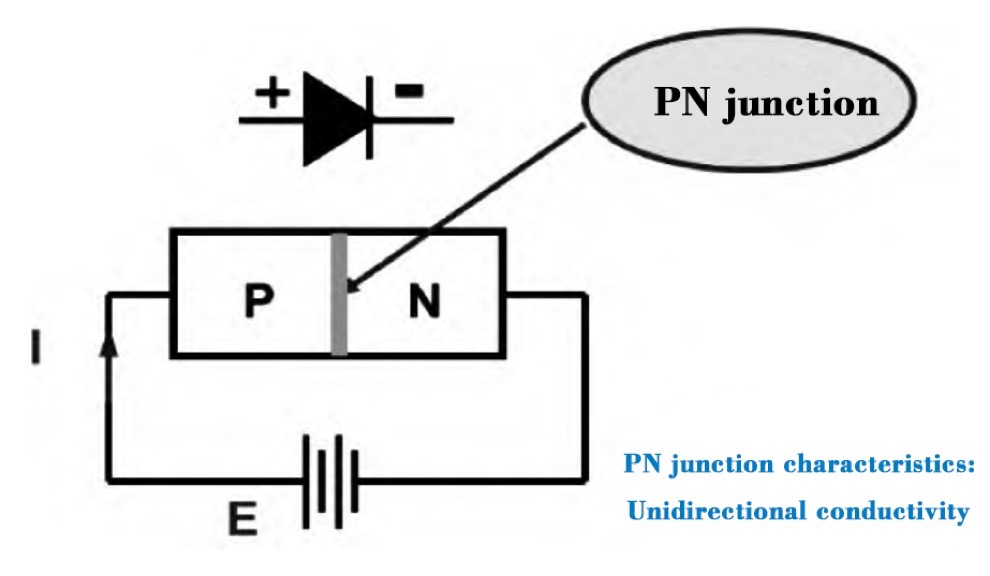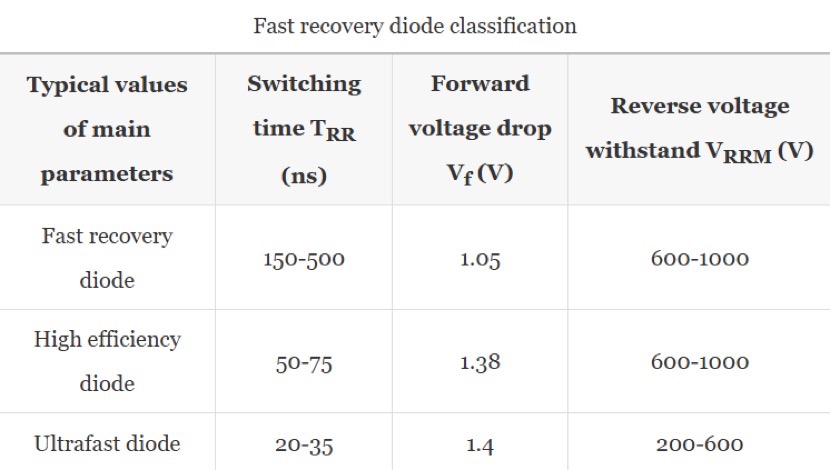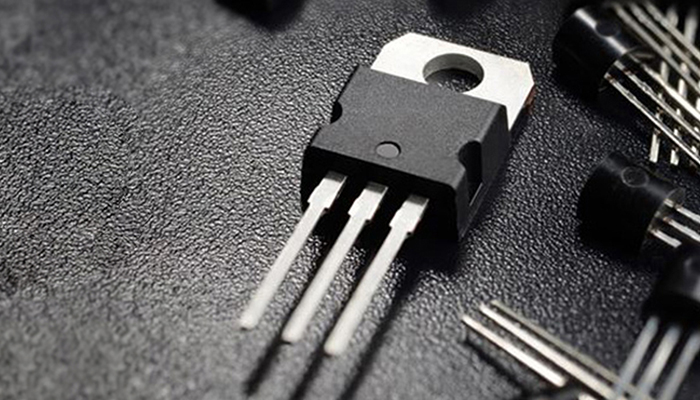Fast Recovery Diodes Principles, Selection, and Applications
Fast recovery diodes (FRDs) are indispensable components in power electronics. Improper selection can lead to excessive heating and electromagnetic compatibility (EMC) issues in circuits. This article explains what fast recovery diodes are, how they work, their advantages compared to standard diodes, and key considerations for selecting the right device for specific applications.

What is a Fast Recovery Diode?
A fast recovery diode is a type of rectifier designed with a short reverse recovery time (TRR). Unlike standard diodes that may require several microseconds to switch from conduction to blocking state, FRDs typically recover within tens of nanoseconds. This feature makes them suitable for high-frequency rectification, switching, and protection circuits.
Key benefits of FRDs include:
***Improved rectification efficiency
***Reduced switching losses
***Lower electromagnetic noise
***Enhanced reliability and stability in power systems
Basic Structure and Working Principle
Like all diodes, FRDs are based on a PN junction formed by doping semiconductor materials. The junction allows current to flow easily in the forward direction but blocks it in reverse. When encapsulated in plastic, glass, or metal with electrode leads, the device becomes a usable semiconductor diode.
Forward bias: PN junction narrows, current flows, and the diode conducts.
Reverse bias: PN junction widens, only a small leakage current exists, and the diode is in blocking mode.
In rectification applications, AC voltage is converted into DC. A fast recovery diode ensures that before the next AC cycle begins, the reverse current has already ceased, thereby reducing voltage ripple and improving stability. In high-speed switching circuits, FRDs protect other components from reverse voltage spikes and abrupt reverse currents generated by inductive loads.

Comparison with Standard Diodes
Compared with general-purpose rectifiers, FRDs offer:
Short reverse recovery time: TRR of tens of nanoseconds vs. microseconds in standard diodes.
Suitability for high-frequency circuits: Low capacitance and fast switching response.
Lower reverse voltage spikes: Soft recovery reduces oscillations and EMI.
Higher rectification efficiency: Reduced switching losses and current surges.
Selection Guidelines
Reverse Recovery Time (TRR)
TRR should be matched to circuit operating frequency. As a rule of thumb:
TRR≤1100×fTRR \leq \frac{1}{100 \times f}TRR≤100×f1
For example, at 100 kHz, TRR should be less than 100 ns. In noise-sensitive applications, diodes with “softer” recovery characteristics are preferred to minimize EMC issues.
Forward Voltage Drop (VF)
Lower VF reduces conduction losses. In low-frequency circuits, VF dominates power dissipation, while in high-frequency designs, TRR becomes more critical. Designers must balance between VF and TRR, since ultra-fast diodes often have higher VF.
Reverse Voltage Rating (VRRM)
The maximum reverse voltage should include sufficient margin, typically at least 50% higher than the operating voltage. In low-current circuits, prioritizing higher VRRM can provide better surge protection, even at the expense of slightly higher VF.
Temperature Effects
TRR increases with temperature. When selecting an FRD, it is essential to consider TRR variations at elevated operating temperatures to ensure reliable switching performance.
Common Types of FRDs
FR series: Standard fast recovery rectifiers
HER series: High-efficiency rectifiers
SF series: Ultra-fast rectifiers

Applications of Fast Recovery Diodes
Variable-frequency drives (VFDs): Improve precision and responsiveness in motor control.
Switching power supplies: Minimize distortion, losses, and reverse stress in high-speed switching.
High-speed rectification circuits: Provide better efficiency and stability compared to Schottky diodes in some cases.
Motor drives and industrial control: Ensure robustness against voltage transients and inductive loads.
With the continuous evolution of electronics, FRDs are expected to improve in several directions:
Higher current density for greater power handling
Lower reverse leakage current for improved efficiency and reliability
Even shorter TRR to support higher frequency designs
Enhanced radiation resistance for harsh environments
Fast recovery diodes combine the advantages of short recovery time, low leakage, and reduced capacitance, making them essential for modern power and switching applications. Proper selection requires balancing TRR, VF, and VRRM while considering circuit frequency, efficiency requirements, and thermal effects. With ongoing improvements, FRDs will continue to play a vital role in next-generation power electronics.



